"Saint Cyril of Jerusalem, Guide us with your wisdom and faith, that we may grow in knowledge of the divine truths. Help us to live with courage in the light of Christ's teachings. Intercede for us, that we may be strengthened in our love for God and neighbor. Amen."
ST. CYRIL OF JERUSALEM
ST. CYRIL OF JERUSALEM
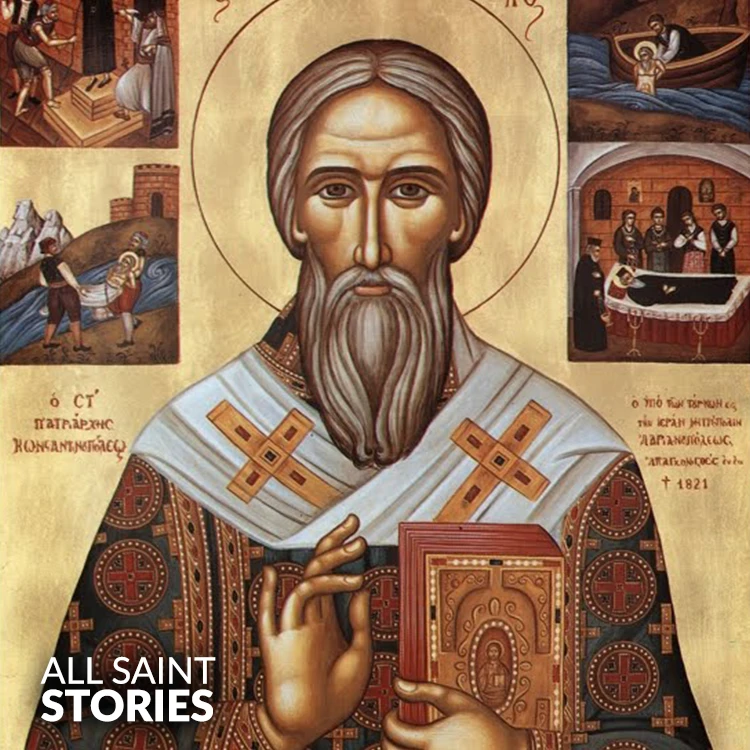
Saint Cyril of Jerusalem was a bishop, theologian, and an important early Church Father, renowned for his role in defending and explaining Christian doctrine. Born around 313 AD in Jerusalem, he became the bishop of Jerusalem and made significant contributions to the Church, particularly in catechesis. His writings, including the "Catechetical Lectures," are still foundational to Christian theology. Cyril was also involved in the controversies of the Arian heresy, and his feast day is celebrated on March 18.
St. Cyril took on the role of Bishop of
Jerusalem at the age of 35, following Maximus. However, nearly half of his
36-year tenure was spent in exile due to his unwavering defense of Christ’s
divinity, which led to his expulsion twice by Arian councils and Emperor
Valens.
During his leadership, two remarkable
events occurred. On May 7, 351, Cyril wrote to Emperor Constantius about a
magnificent cross appearing in the sky, extending from Calvary to the Mount of
Olives. Later, in 362, the Roman Emperor Julian the Apostate attempted to
reconstruct the Jewish temple in Jerusalem, challenging the Gospel’s prophecy,
but his workers were thwarted by a fire and an earthquake.
In 381, Cyril participated in the Council
of Constantinople, where Jerusalem was finally acknowledged as a patriarchal
See alongside Rome, Alexandria, Antioch, and Constantinople.
Known for his gentle and peace-loving
nature, Cyril played a pivotal role in making Jerusalem a major pilgrimage
destination for Christians. He was a leading theological teacher of his time,
leaving behind his renowned work, the Catecheses,
which consists of 23 lessons for baptismal candidates. The first 18 lectures
were based on the Jerusalem baptismal creed and were given during Lent, while
the last five provided deeper theological instruction after Easter. His
explanations of the Eucharist contributed to the later doctrine of
transubstantiation, emphasizing its sacrificial meaning.
Believed to have passed away in 387, St.
Cyril was officially declared a Doctor of the Church in 1882.
Video Not Found
The information on this website is compiled from various trusted sources. While we aim for accuracy, some details may be incomplete or contain discrepancies.
If you notice any errors or have additional information about this saint, please use the form on the left to share your suggestions. Your input helps us improve and maintain reliable content for everyone.
All submissions are reviewed carefully, and your personal details will remain confidential. Thank you for contributing to the accuracy and value of this resource.
Credits & Acknowledgments
- Anudina Visudhar (Malayalam) – Life of Saints for Everyday
by Msgr. Thomas Moothedan, M.A., D.D. - Saint Companions for Each Day
by A. J. M. Mausolfe & J. K. Mausolfe - US Catholic (Faith in Real Life) – Informational articles
- Wikipedia – General reference content and images
- Anastpaul.com – Saint images and reflections
- Pravachaka Sabdam (Malayalam) – Saint-related content and insights
We sincerely thank these authors and platforms for their valuable contributions. If we have unintentionally missed any attribution, please notify us, and we will make the correction promptly.
If you have any suggestion about ST. CYRIL OF JERUSALEM
Your suggestion will help improve the information about this saint. Your details will not be disclosed anywhere.
© 2025 Copyright @ www.allsaintstories.com

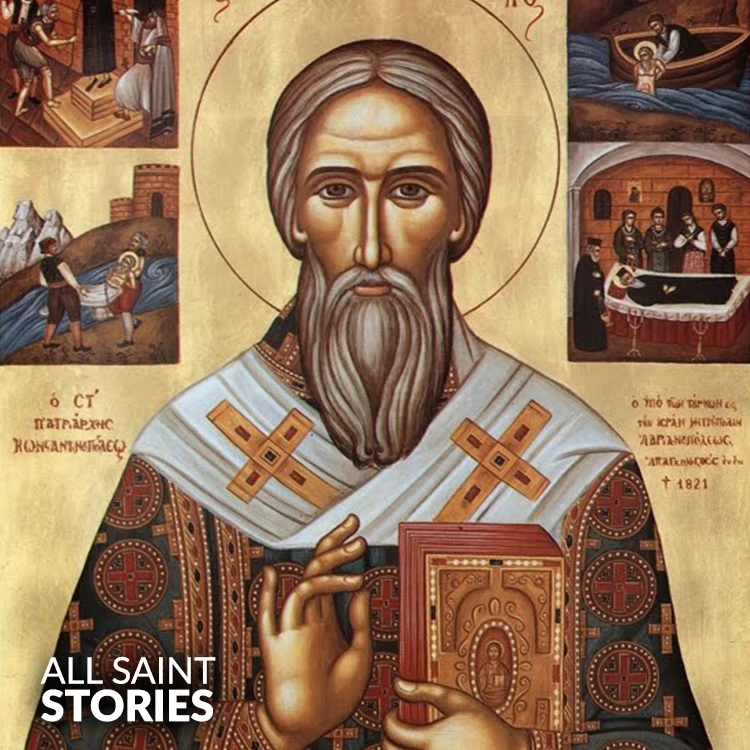
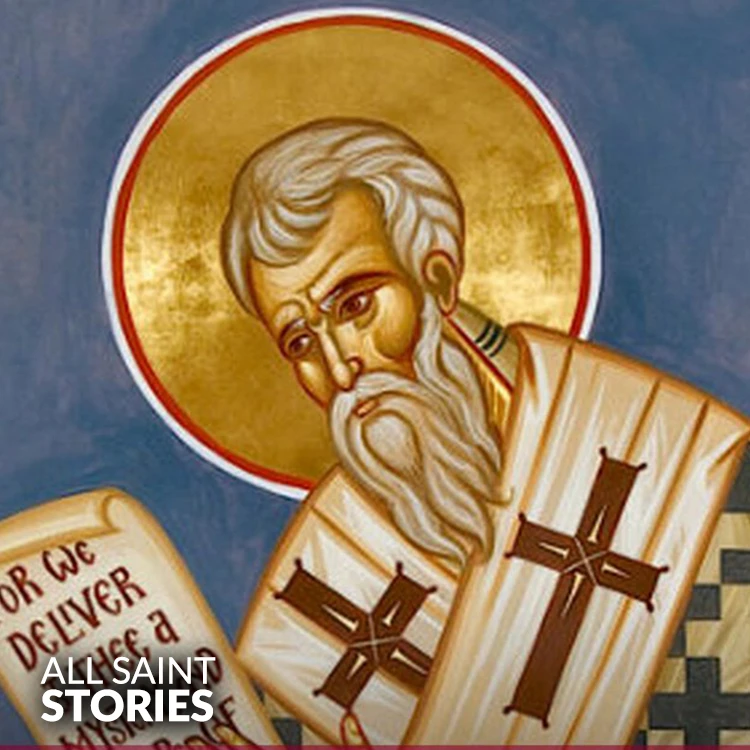
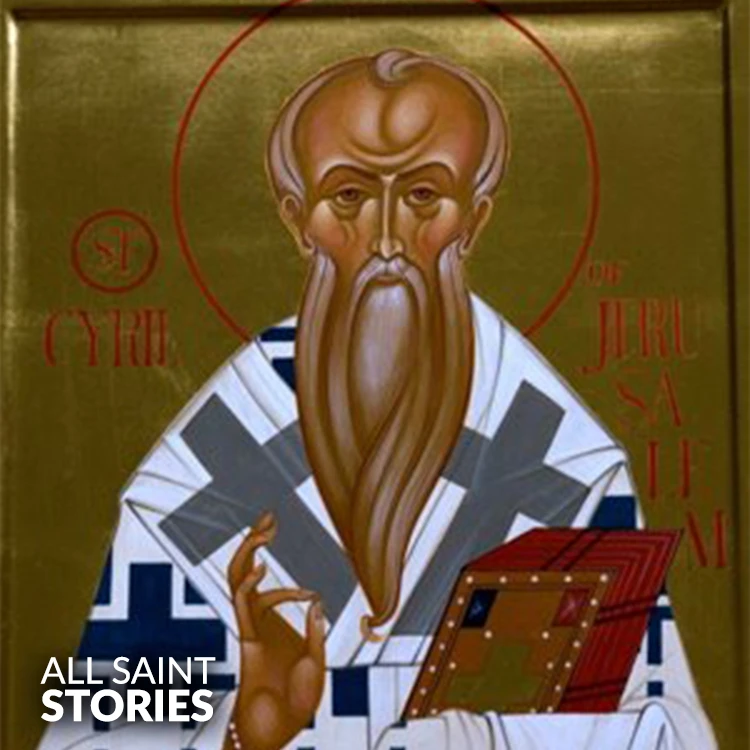
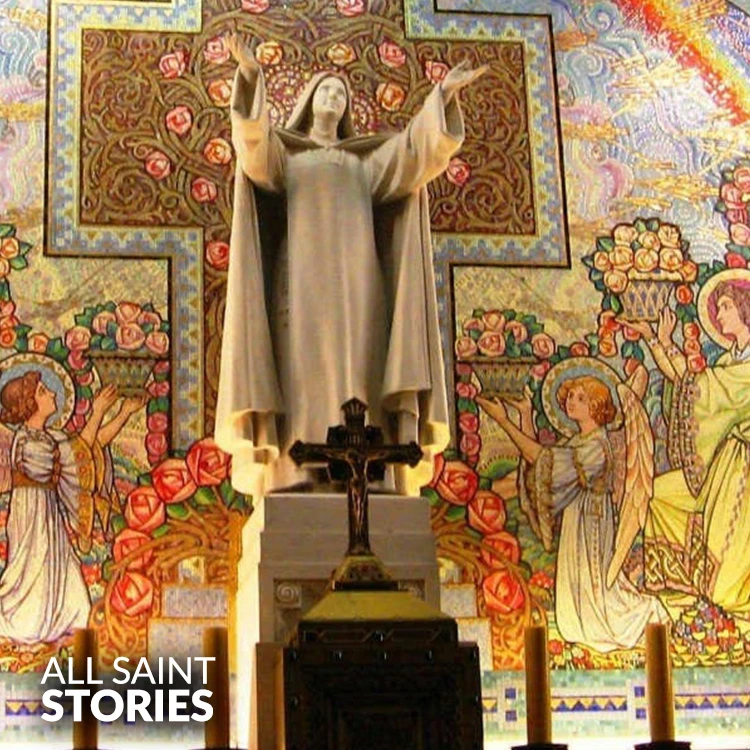
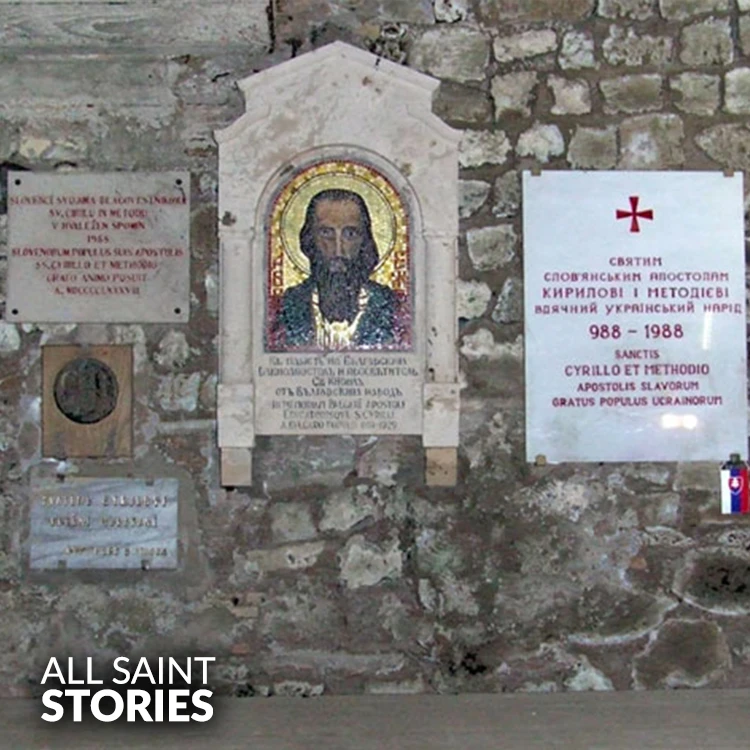
 English
English
 Italian
Italian
 French
French
 Spanish
Spanish
 Malayalam
Malayalam
 Russian
Russian
 Korean
Korean
 Sinhala
Sinhala
 Japanese
Japanese
 Arabic
Arabic
 Portuguese
Portuguese
 Bantu
Bantu
 Greek
Greek
 German
German
 Dutch
Dutch
 Filipino
Filipino